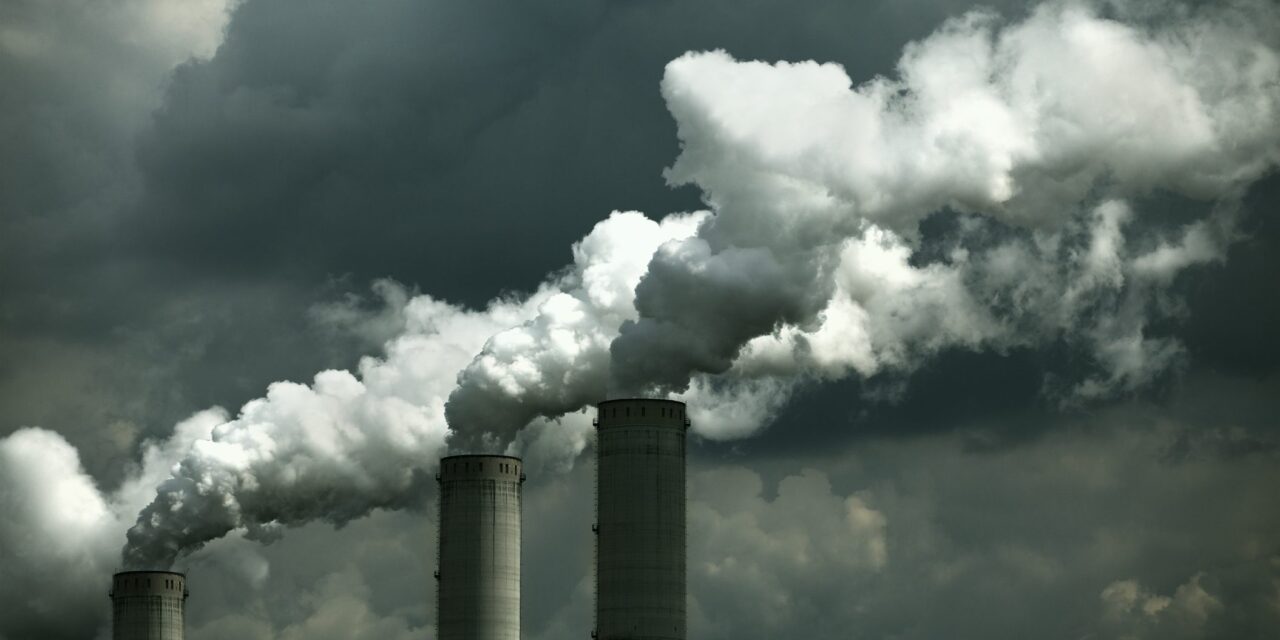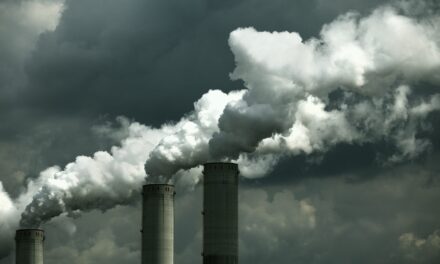A new study in the journal PNAS, “Surface exposure to sunlight stimulates CO2 release from permafrost soil carbon in the Arctic,” indicates that the elimination of permafrost in the Arctic is happening at a faster rate than expected. The following excerpt is from the press release about the study issued by University of Michigan News Service, which explains the findings for those of us who are not specialists in the field of climate science:
“Until now, we didn’t really know how reactive this ancient permafrost carbon would be — whether it would be converted into heat-trapping gases quickly or not,” said Kling, a professor in the U-M Department of Ecology and Evolutionary Biology. EEB graduate student Jason Dobkowski is a co-author of the paper.
“What we can say now is that regardless of how fast the thawing of the Arctic permafrost occurs, the conversion of this soil carbon to carbon dioxide and its release into the atmosphere will be faster than we previously thought,” Kling said. “That means permafrost carbon is potentially a huge factor that will help determine how fast the Earth warms.”
Tremendous stores of organic carbon have been frozen in Arctic permafrost soils for thousands of years. If thawed and released as carbon dioxide gas, this vast carbon repository has the potential to double the amount of the heat-trapping greenhouse gas in the atmosphere on a timescale similar to humanity’s inputs of carbon dioxide due to the burning of fossil fuels. [emphasis added]
The authors are affiliated with the University of Maryland, the University of Michigan and the University of North Carolina. In effect, if their conclusions are correct, the thawed soils in the Arctic will release vast quantities of greenhouse gases into the atmosphere that have been previously locked up beneath the ice and in the frozen ground. This will undoubtedly accelerate warming in the Arctic first, with undetermined consequences. However, we can reasonably speculate that the impacts will be felt first and hardest in the northern hemisphere, i.e., North America, Europe and Northern Asia. Considering the wild and unusual weather we have already experienced over the last decade due to rapid warming in the Arctic, I am more than a little concerned about the effect on the climate in the United States, both short term and long term, to which these additional releases of greenhouse gases will contribute.





